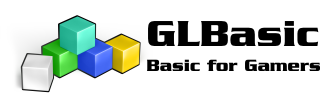and thats only on the caanoo?? interesting, ive heard of how many color bits the image is created in will affect transparancy findings.. however i would assume you already tried setting all images to ,like 8bit colors ?? maybe a coded C workaround might be in order 


 just a thought
just a thought K so solved my own problem.. from what i could tell the large number was confusing the command ROTOSPRITE, and by large i mean the number of digets beyond the decimal. so my work around was as follows:
K so solved my own problem.. from what i could tell the large number was confusing the command ROTOSPRITE, and by large i mean the number of digets beyond the decimal. so my work around was as follows:

